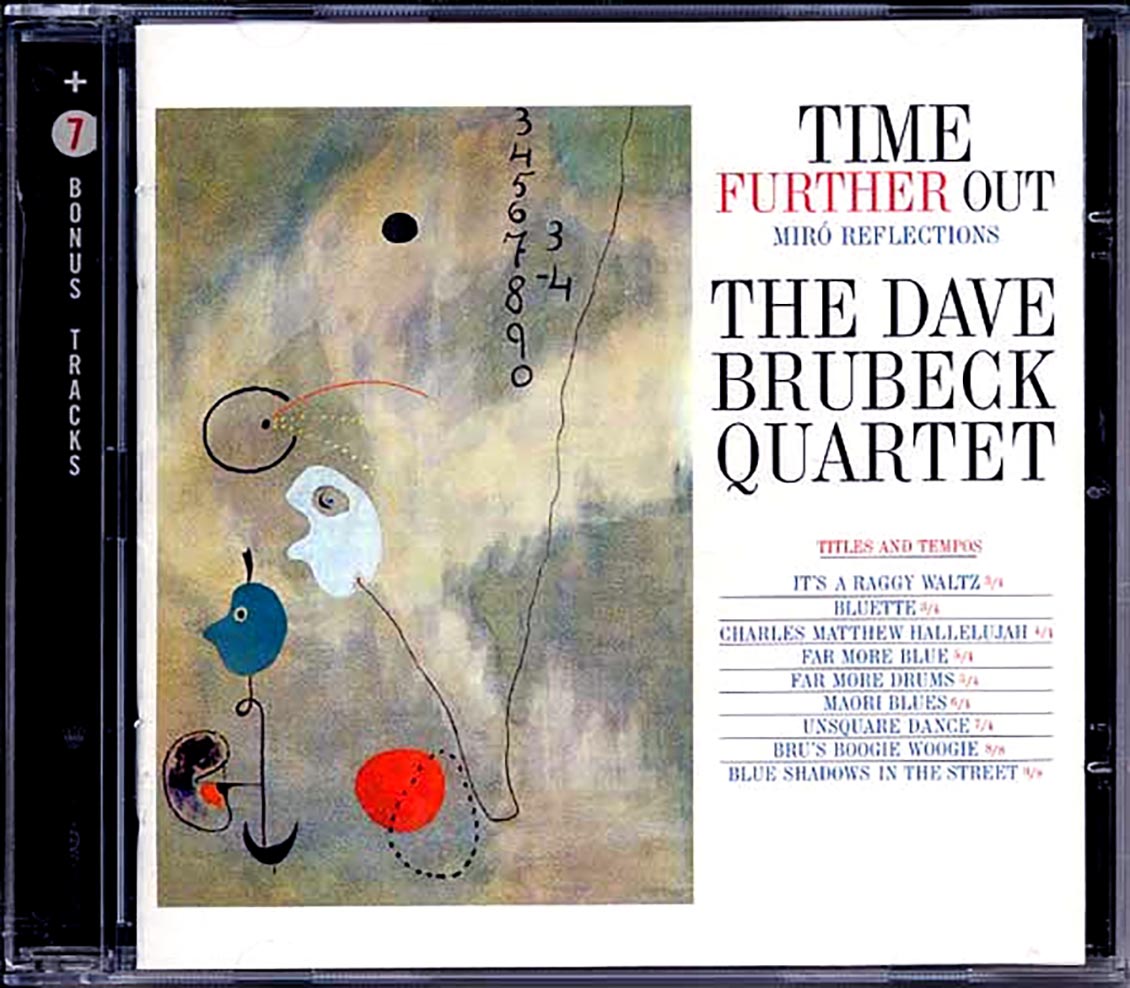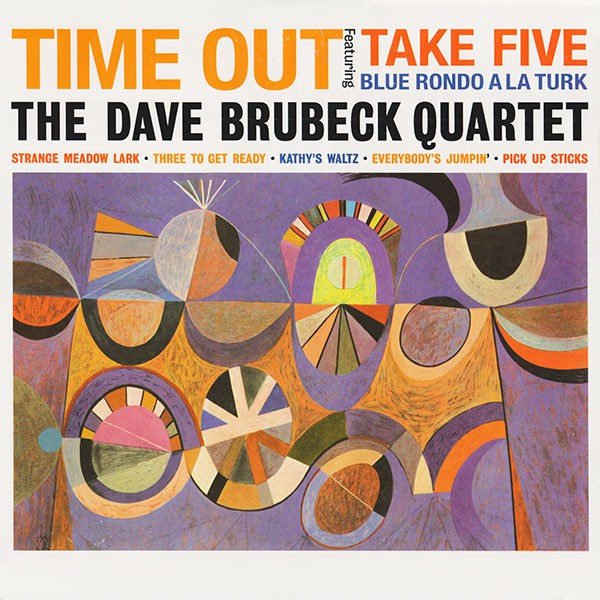

Ted Mills is a freelance writer on the arts who currently hosts the artist interview-based FunkZone Podcast and is the producer of KCRW’s Curious Coast.

Remembering Jazz Legend Dave Brubeck (RIP) with a Very Touching Musical Moment Louis Armstrong Plays Historic Cold War Concerts in East Berlin & Budapest (1965) Pakistani Musicians Play an Enchanting Version of Dave Brubeck’s Jazz Classic, “Take Five” (Brubeck continued to explore time signatures on this album’s sequel Time Further Out, which is also recommended). Dave gave thousands of interviews over his long career and invariably since 1959 he was asked about one the biggest selling jazz albums of all time, Time Out and also the first jazz single to sell a million copies, Take Five.

It was Morello who experimented with a groove in 5/4 time that became the backbone of “ Take Five.” Brubeck knew a good thing when he heard it and gives Morello one of the best solos of the entire LP.īest of all, Time Outis one those classic albums because of how it mixes the experimental with the commercial, a hard feat in any era, but even more impressive in that best of all jazz years, 1959. The origins of Time Out & Take Five - Dave Brubeck. But Time Out was a fully formed concept album of sorts: an exploration into time signatures that jazz hadn’t really touched yet.Īs Polyphonic points out, Joe Morello, Brubeck’s drummer, was indeed well versed in complicated time signatures from his classical background as a violinist. Brubecks style often depended on ringing chords and dramatic crescendos, and yet whose semi-classical piano explorations were some of the coolest in town. Up to that point he and his quartet had released a number of live albums recorded at colleges (which promoted a safe but hip studious kind of jazz) and several albums of jazz covers, such as Dave Digs Disney. It is an album which ruminates and vibrates with refined excellence. Time Out was Brubeck’s fourteenth album for Columbia Records, but his breakthrough. 2 on the Billboard pop charts, but it also yielded jazz. Time Out, his 1959 foray into odd time signatures, polyrhythm, and mixed meter, not only ended up going platinum and reaching No. ( There’s a fine PBS documentary on the mission available here, if your region supports the video.)īut for the purposes of this video essay, and regarding Brubeck’s career, it was the polyrhythms and folk music that he heard while traveling through countries like Turkey (from which he developed “Blue Rondo a la Turk”) that remained with him on his return. It’s ironic that in Dave Brubeck’s attempt to make jazz more complex, he actually made it more accessible. Brubeck joined Benny Goodman, Louis Armstrong, and Dizzy Gillespie on a musical tour that reached many countries behind the Iron Curtain, and were able to critique America’s racist history while also promoting its musical culture. This is a part of history that has receded from memory, but had a major influence not just on Brubeck, but so many records at that time.
#Album or cover dave brubeck quartet time out full#
Polyphonic touches on something right at the beginning of the video that deserves a full video essay of its own–the State Department’s mission to send American jazz musicians around the world as cultural ambassadors.


 0 kommentar(er)
0 kommentar(er)
